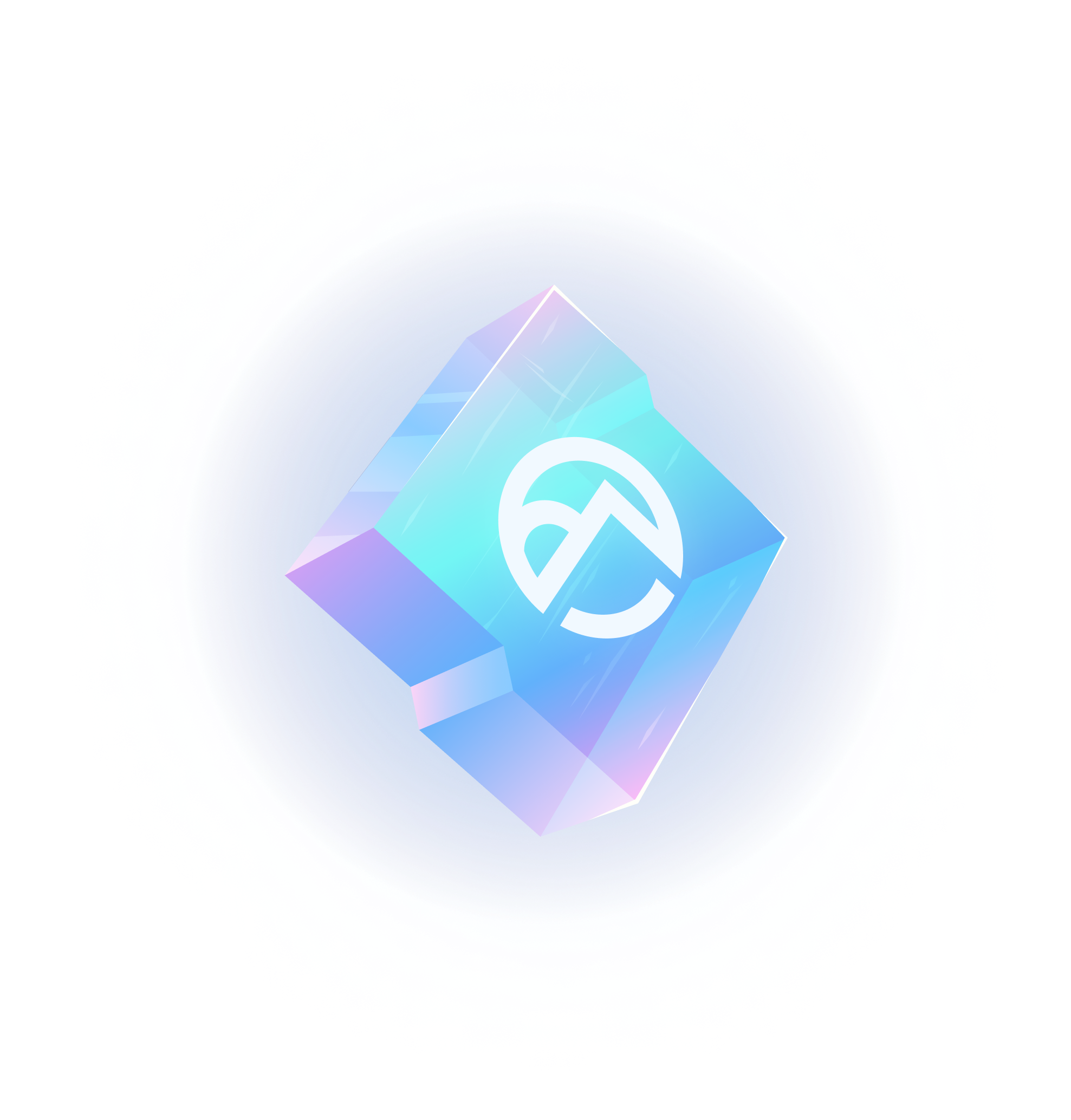Next, we’ll be reviewing 10 of the top tools helping studios to best grow their audience and increase market share.
1. Elaris by Solsten
Elaris revolutionizes audience intelligence by making psychological insights accessible through conversation. Instead of complex platforms requiring technical integration, developers can simply ask questions like “What motivates puzzle game players?” or “How do competitive gamers differ psychologically?”
Unlike traditional tools that tell you what players did, Elaris reveals why they did it through psychological understanding. This conversational AI provides instant access to insights from the world’s largest psychological gaming database, representing 3.4 billion players.
Strengths: Immediate insights through natural conversation, accessible pricing (free to start, premium features with subscription), no technical integration required, psychological depth beyond demographics, perfect for indie developers and small studios who previously couldn’t afford player research.
Considerations: Newer to market, requires understanding of how to apply psychological insights to marketing strategies.
Best for: Indie developers, small studios, and marketing teams seeking accessible audience psychology without expensive research budgets or complex implementations.
2. Solsten
For major studios requiring comprehensive implementation, Solsten‘s enterprise platform provides the world’s most advanced psychological audience intelligence. While traditional tools measure what players do, Solsten uncovers why they do it through machine learning and adaptive psychological assessments.
Understand Players at Their Core
Players are more than their purchase history, age, location, and in-game behavior. Solsten Enterprise is the only technology capable of revealing the underlying psychology of the players attracted to your game. Through machine learning, we identify the core needs that your current audience (and even prospective audience) craves to fulfill through gaming.
Here’s a simple example: you’d like to attract more of a specific player segment that (according to your traditional data) has mid-to-high engagement and has made an in-game purchase beyond D30. Great, but is this actionable data for your team? By enriching your player understanding with Solsten you’d know this player segment is motivated by collaborative competition and purpose, and they value friendship and family. What content or events could your team develop knowing there is a fundamental need for social connection and community? How could these insights impact creative direction for new ads?
Solsten gives you the actionable insights to keep players engaged long-term by fulfilling their deeper needs and desires. While data shows what people do, Solsten uncovers why they do it. This psychological understanding is the key to sustained growth and retention.
The Power of Psychological Player Segmentation
While competitors rely solely on demographic and gameplay data, Solsten groups players based upon psychological similarity, helping studios understand how much market potential their game has and what adjacent games, genres, IPs, brands, apps (and more) engage players with a similar psychological makeup.
With Solsten Enterprise, you can finally personalize game experiences, promotions, and messaging to align with the psychological needs of each segment inside of your player base through comprehensive API integration and dedicated research support.
Strengths: Deepest psychological insights available, proven ROI with major studios, comprehensive integration capabilities, dedicated research teams, predictive analytics for LTV and retention.
Considerations: Higher investment required, designed for studios with technical integration capabilities and substantial player bases.
Best for: Major studios like EA, Sony, Supercell, and Metacore who need comprehensive psychological intelligence with full platform integration and dedicated support.
Start with psychological understanding
New to audience psychology? Elaris makes sophisticated player insights accessible through simple conversation. Discover what motivates your target audience without expensive research teams or complex integrations.
Explore player psychology free
3. Sensor Tower
Sensor Tower, formerly known as data.ai, is a comprehensive market intelligence tool providing app rankings, usage data, and market analysis for competitive analysis and market trend identification. Its strengths lie in delivering detailed market insights and performance benchmarking, which help businesses understand industry trends and competitors. However, its high cost can be prohibitive for small studios, and the steep learning curve might be challenging for new users. Moreover, while it offers a broad overview of market trends, it lacks actionable, player-specific data that can be crucial for targeted marketing strategies.
Read our full comparison of Sensor Tower vs. Solsten here.
4. Game Refinery
Game Refinery specializes in game feature analysis, focusing on feature trends, genre-specific insights, and market data to support game development and market positioning. It excels in providing detailed insights into successful game features and genre trends. Referencing successful features or mechanics in popular games can provide inspiration for game teams but trend following can be risky. Game Refinery does not delivery insights as to why the features or mechanics are popular.
5. Quantic Foundry
Quantic Foundry focuses on delivering insights using its gamer motivation model. While the company has a well-established presence in the player motivations space, their reliance on a fixed motivational model and less advanced technology may limit their ability to fully capture the complexity and diversity of player motivations across different game contexts.
6. Dynamic Yield
Dynamic Yield is a personalization and experience optimization platform that promotes AI-powered recommendations, A/B testing, and adaptive personalization to impact the customer journey. It’s has extensive integration capabilities, making it ideal for boosting engagement and conversions across multiple channels. However, the high cost and setup complexity does impact efficacy of the platform.
7. Braze
Braze is a customer engagement and marketing platform offering multichannel marketing campaigns, personalized user engagement, and automated workflows. It allows companies to personalize messaging across various channels and supports a number of automation features. Like many personalization tools, the setup is complex for small teams and the quality of the personalization is dependent on the quality of the input data. Braze is effective for user engagement but it does not offer a comprehensive solution for user acquisition.
8. Liftoff
Liftoff is a mobile ad optimization and monetization platform that uses programmatic ads, AI, in-app bidding, and creative studio capabilities to acquire high-quality users and maximize app revenue. Its ad delivery and campaign management are effective for engaging users and driving monetization. However, the complexity of managing its diverse features and the high cost for premium capabilities can be challenging.
9. AppLovin
AppLovin is a mobile ad network and monetization platform providing programmatic ads, mediation, and analytics. It is designed to help studios optimize ad revenue through programmatic ads and mediation across multiple networks. Like many automated ad platforms, setup can be complicated. Programmatic ads do not fully capture nuanced player preferences which limits true ad personalization.
10. Unity LevelPlay
Unity LevelPlay offers ad mediation, ad monetization, user-level reporting, and real-time bidding to maximize ad revenue. It integrates with Unity Ads and provides advanced mediation capabilities and user-level analytics. While it supports monetization efforts, its reporting functionality is limited to ad performance.
11. AppsFlyer
AppsFlyer is a mobile attribution and analytics tool providing attribution, analytics, and fraud prevention to track user acquisition sources and analyze ad campaign effectiveness. AppsFlyer is a leading MMP, well-known for the quality of its attribution analysis and real-time reporting. However, as data privacy measures continue to restrict the accuracy of attribution data, additional tools will be required to maximize ROI of advertising.
Conclusion
In a time where understanding the player is paramount, psychological insights offer a distinct advantage regardless of studio size. While behavioral and demographic data leave enormous blind spots, psychological understanding — whether through Elaris‘s conversational interface or Solsten‘s comprehensive platform — provides the “why” behind player actions.
The path to sustainable growth requires understanding what truly motivates players, not just what they’ve done in the past. Whether you’re an indie developer starting with Elaris or a major studio implementing enterprise solutions, psychological precision beats guesswork every time.



